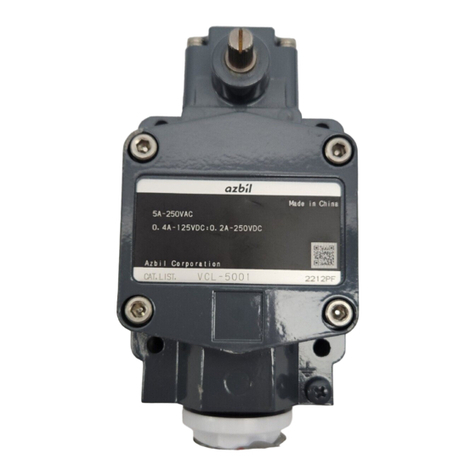Azbil 5LX7 J Series User manual
Other Azbil Switch manuals
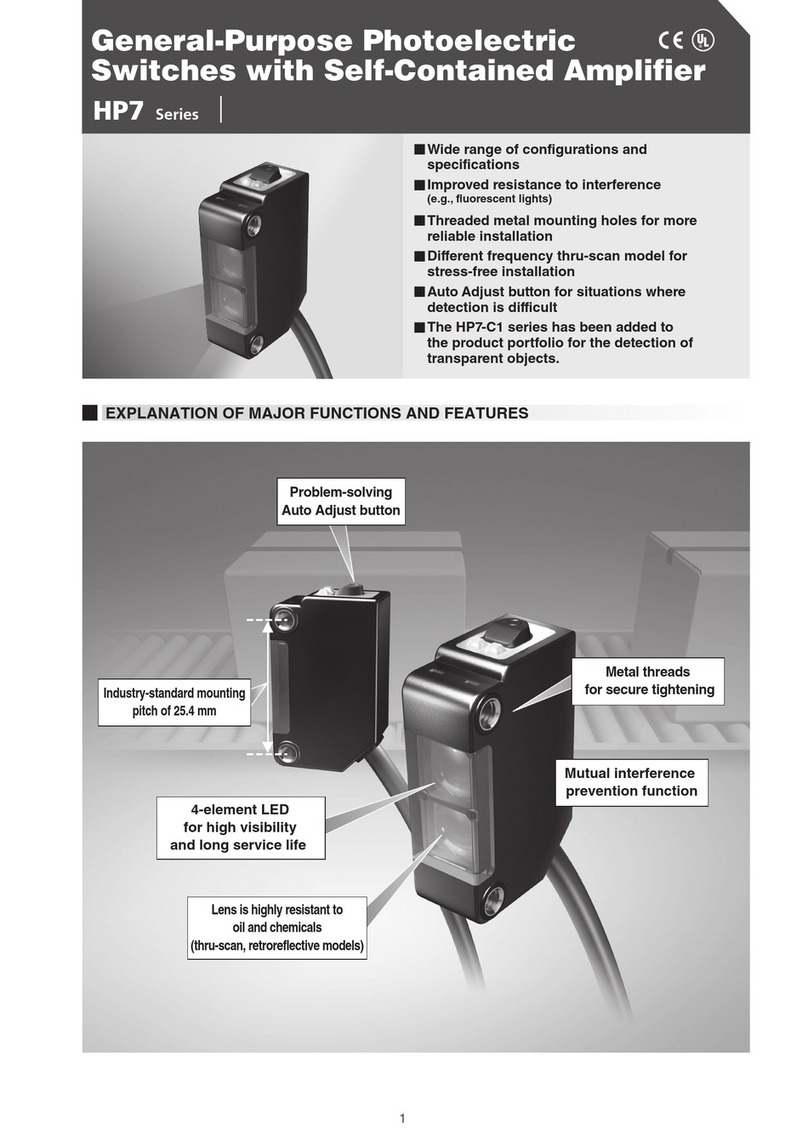
Azbil
Azbil HP7 Series User manual
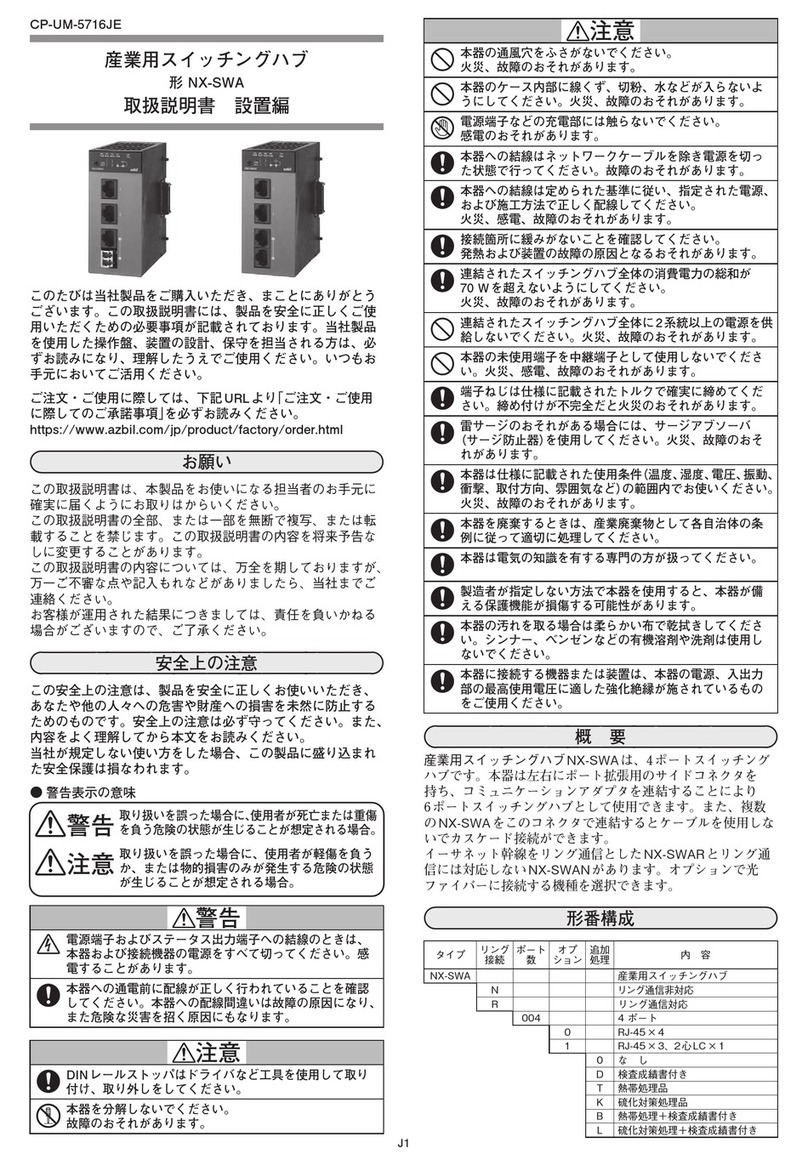
Azbil
Azbil NX-SWA User manual
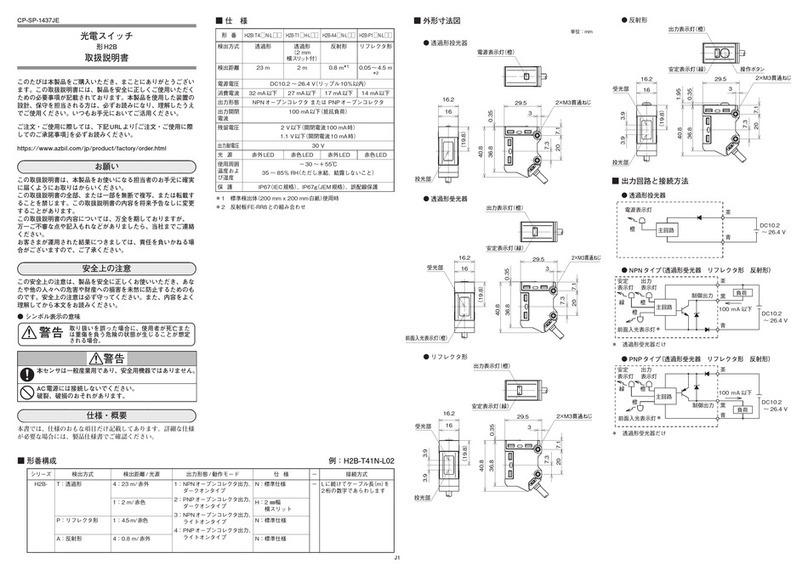
Azbil
Azbil H2B User manual
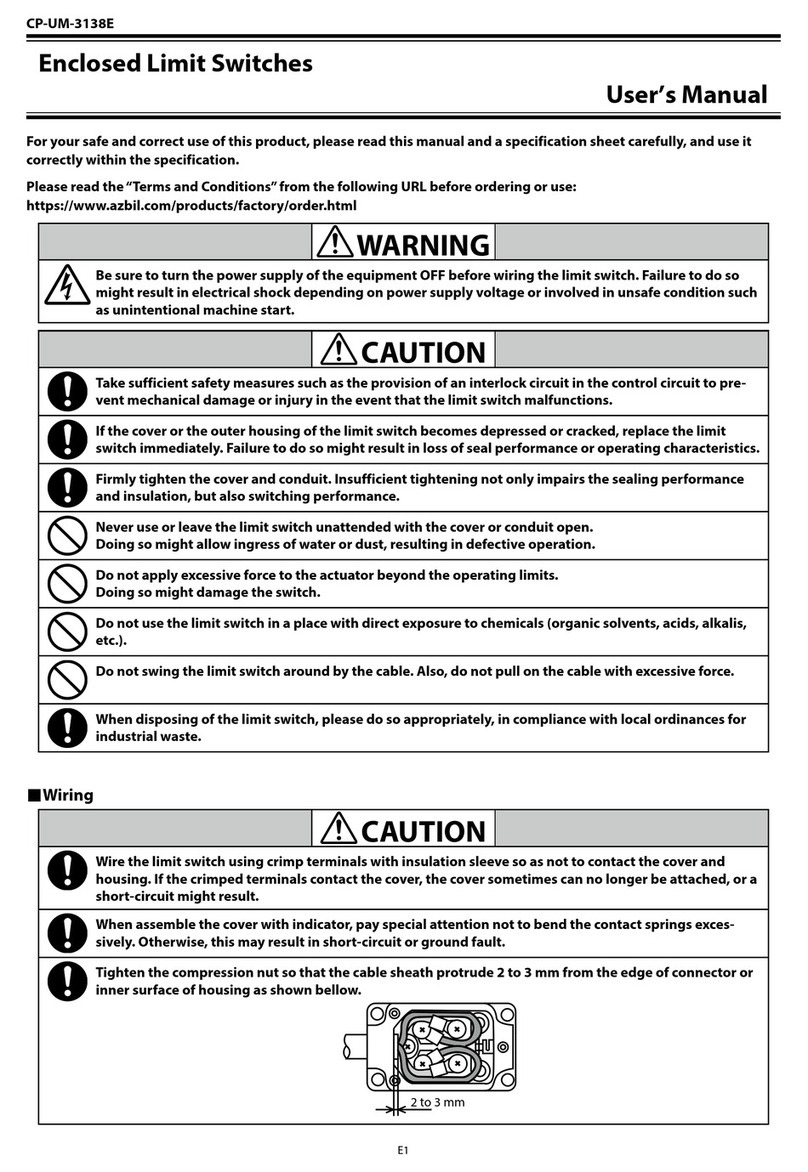
Azbil
Azbil CP-UM-3138E User manual
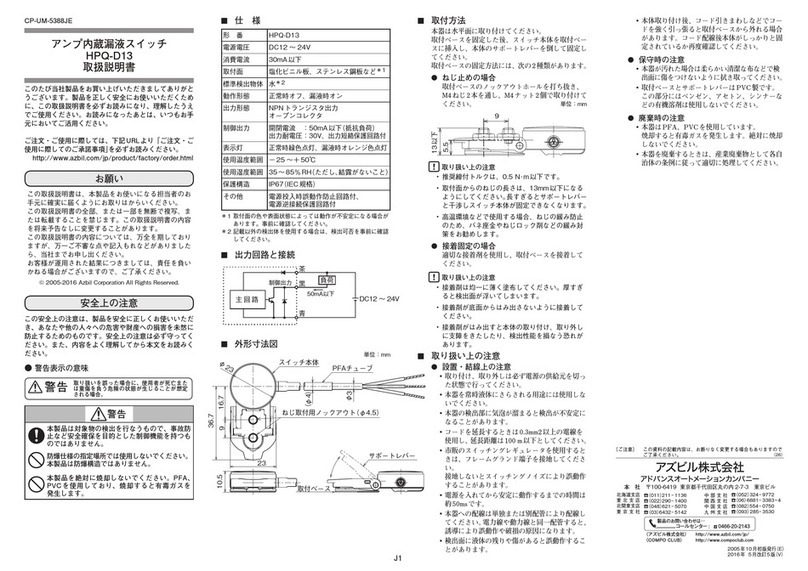
Azbil
Azbil HPQ-D13 User manual
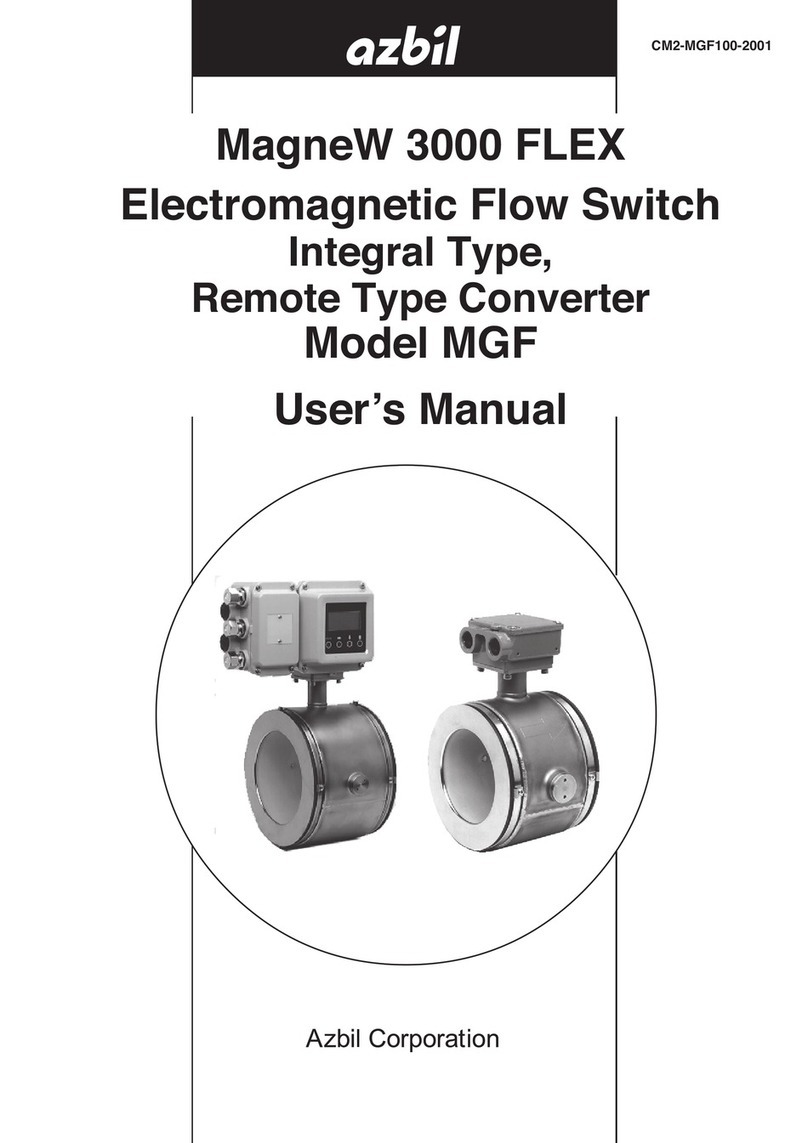
Azbil
Azbil MagneW 3000 FLEX User manual
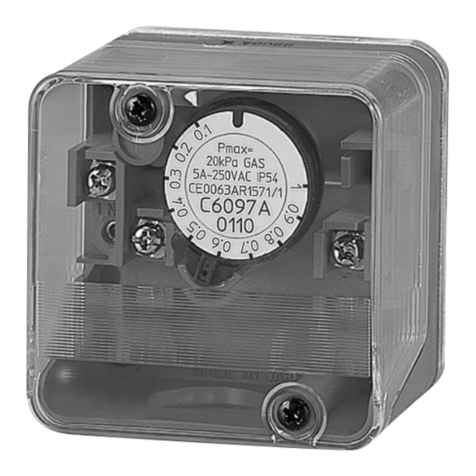
Azbil
Azbil C6097A User manual

Azbil
Azbil LJS-A Series User manual
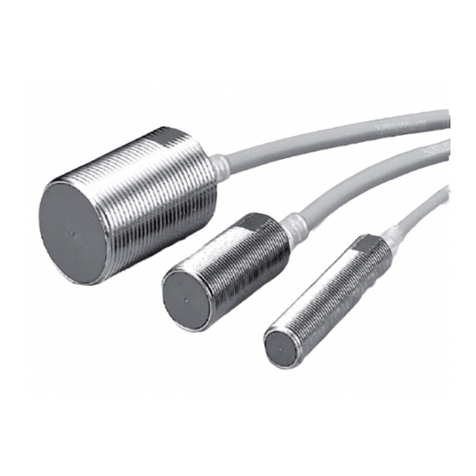
Azbil
Azbil FL7M Series User manual

Azbil
Azbil HPQ-D11 User manual
Popular Switch manuals by other brands

SMC Networks
SMC Networks SMC6224M Technical specifications

Aeotec
Aeotec ZWA003-S operating manual

TRENDnet
TRENDnet TK-209i Quick installation guide

Planet
Planet FGSW-2022VHP user manual

Avocent
Avocent AutoView 2000 AV2000BC AV2000BC Installer/user guide

Moxa Technologies
Moxa Technologies PT-7728 Series user manual

Intos Electronic
Intos Electronic inLine 35392I operating instructions

Cisco
Cisco Catalyst 3560-X-24T Technical specifications

Asante
Asante IntraCore IC3648 Specifications

Siemens
Siemens SIRIUS 3SE7310-1AE Series Original operating instructions

Edge-Core
Edge-Core DCS520 quick start guide

RGBLE
RGBLE S00203 user manual
